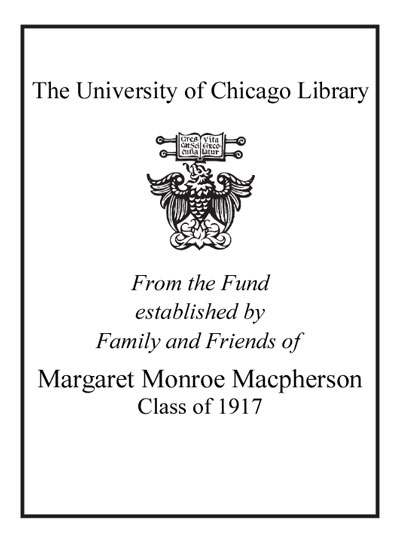Russia abroad : driving regional fracture in post-Communist Eurasia and beyond /
Saved in:
| Imprint: | Washington, DC : Georgetown University Press, [2018] |
|---|---|
| Description: | viii, 220 pages ; 23 cm |
| Language: | English |
| Subject: | |
| Format: | Print Book |
| URL for this record: | http://pi.lib.uchicago.edu/1001/cat/bib/11716670 |
Table of Contents:
- Acknowledgments
- Introduction: Margins Matter
- Part I. Theory of Regional Fracture
- 1. Theory of Regional Fracture in International Relations: Beyond Russia
- 2. From Donbass to Damascus: Russia on the Move
- Part II. Lenin's Revenge: Regional Fracture in the Post-Soviet Space
- 3. Fractured Eurasian Borderlands: The Case of Ukraine
- 4. The South Caucasus: Fracture without End?
- 5. Small States and the Large Costs of Regional Fracture: The Case of Armenia
- 6. Central Asia: Fractured Region, Illiberal Regionalism
- Part III. Postcolonial Roots of Regional Fracture Beyond the Post-Soviet Space
- 7. Stuck in Between: The Western Balkans as a Fractured Region
- 8. Syria and the Middle East: Fracture Meets Fracture
- Conclusion: Overcoming Regional Fracture
- References
- List of Contributors
- Index

